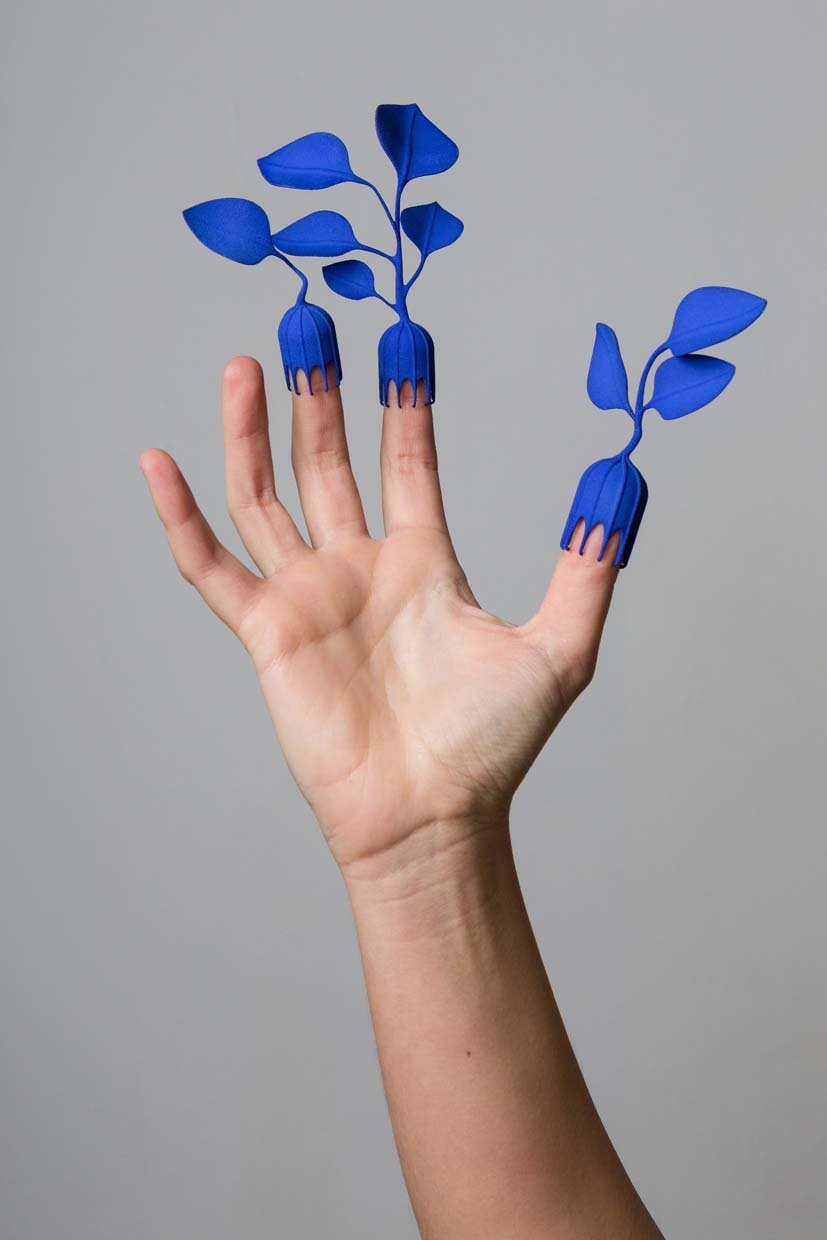Triennale Design Museum Nona edizione

La nona edizione del Triennale Design Museum, a cura di Silvana Annicchiarico e con progetto di allestimento di Margherita Palli, affronta il design italiano alla luce di uno dei nodi più delicati, più problematici, ma anche più stimolanti e suggestivi che è la questione del genere.
Comunicato stampa
Triennale Design Museum ogni anno racconta il design italiano attraverso un sistema di rappresentazioni che cambiano tematiche, ordinamenti scientifici e allestimenti per cercare di rispondere alla domanda primaria “Che Cosa è il Design Italiano?”, offrendo punti di vista e percorsi inediti sulla disciplina.
La nona edizione del Triennale Design Museum (2 aprile 2016 - 19 febbraio 2017), a cura di Silvana Annicchiarico e con progetto di allestimento di Margherita Palli, affronta il design italiano alla luce di uno dei nodi più delicati, più problematici, ma anche più stimolanti e suggestivi che è la questione del genere. L'idea che il genere non sia più solo un dato biologico e naturale, ma una questione culturale apre interessanti prospettive anche per quello che potrà diventare il design dopo il design.
Ma per affrontare in modo oggettivo ed equilibrato le questioni di gender legate al design è necessario affrontare preliminarmente la grande rimozione operata dal Novecento nei confronti del genere femminile.
W. Women in Italian Design cerca di tracciare una nuova storia del design italiano al femminile, ricostruendo figure, teorie, attitudini progettuali che sono state seminate nel Novecento e che si sono affermate, trasformate ed evolute nel XXI secolo.
Tutta la modernità novecentesca ha messo ai margini la progettualità femminile, pressoché ignorata da storici e teorici del design. Il XXI secolo è caratterizzato sempre di più da una forza rinnovata di tale progettualità.
Le donne creano, progettano, sperimentano, rischiano, sfidano.
Sono protagoniste già a cominciare dagli studi: le università registrano sempre più una maggioranza femminile nelle iscrizioni e nella frequenza alle lezioni, oltre che una marcata eccellenza femminile nei processi di apprendimento.
L'ordinamento cronologico racconta questa storia in modo dinamico, fluido e liquido, usando la metafora di un fiume che attraversa tutto il Novecento.
Triennale Design Museum vuole quindi celebrare il femminile in quanto nuovo soggetto creativo di un design meno asseverativo, meno autoritario, più spontaneo, più dinamico.
Per domandarsi se il nuovo protagonismo femminile sia fra gli interpreti principali del “Design after Design”.
The Triennale Design Museum illustrates Italian design by means of a system of representations that each year adopts different themes, arrangements and displays in order to answer its key question: “What is Italian design?” On each occasion, it offers innovative views and approaches to the discipline.
The ninth edition of the Triennale Design Museum (2 April 2016 – 19 February 2017) curated by Silvana Annicchiarico, with installation design by Margherita Palli, examines Italian design in the light of one its most delicate, most problematic aspects – but also one of the most exciting and appealing, which is that of gender. The idea that gender is no longer just a biological and natu- ral fact, but rather a cultural issue opens up interesting perspectives for what design after de- sign might be.
But to address the question of gender in design in an objective and balanced manner, we first need to examine the great removal of the female gender perpetrated during the twentieth cen- tury.
W. Women in Italian Design traces a new history of Italian design in the feminine, reconstructing the figures, theories, and approaches to design that were sown in the twentieth century and
that have taken hold, transformed and evolved in the twenty-first century.
The modernity of the twentieth century pushed women’s design skills to the side-lines, where it has been virtually ignored by design historians and theorists. The twenty-first century is increas- ingly showing a new-found intensity in these design skills.
Women create, design, experiment, risk and challenge.
They are protagonists right from the education stage, with universities increasingly registering a majority of women enrolled and attending lectures, as well as a high degree of excellence among women in the learning process.
The chronological approach tells this story in a lively, dynamic manner, using the metaphor of a river that runs the whole length of the twentieth century.
The Triennale Design Museum celebrates women as the new creative force behind a form of design that is less high-handed, less authoritarian, more spontaneous and more dynamic. Ultimately it wonders if this new affirmation of women will prove to be one of the top aspects of “design after design.”



